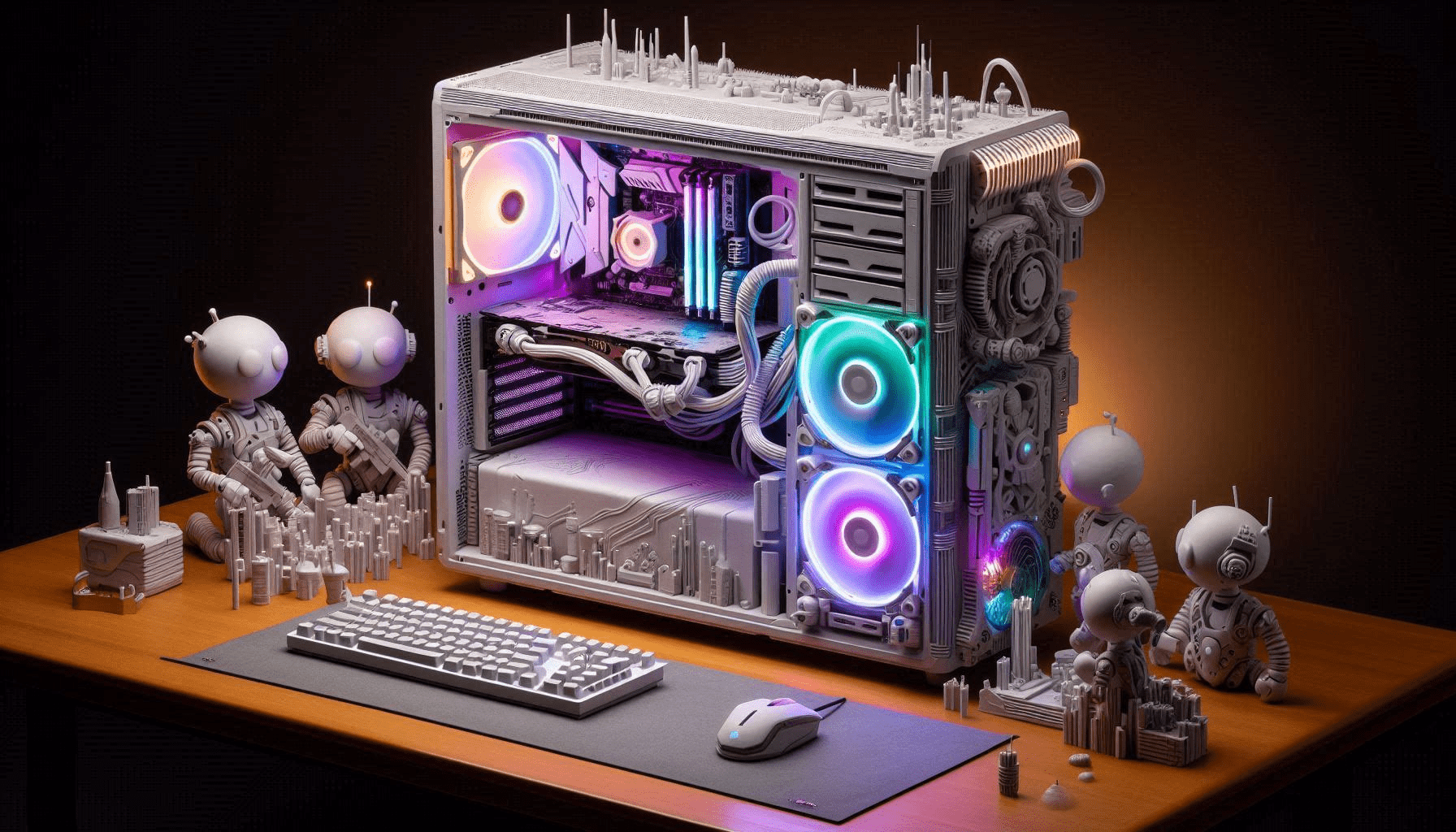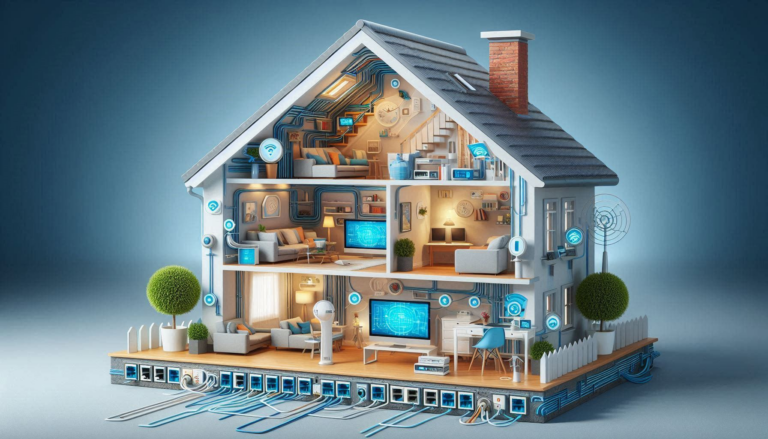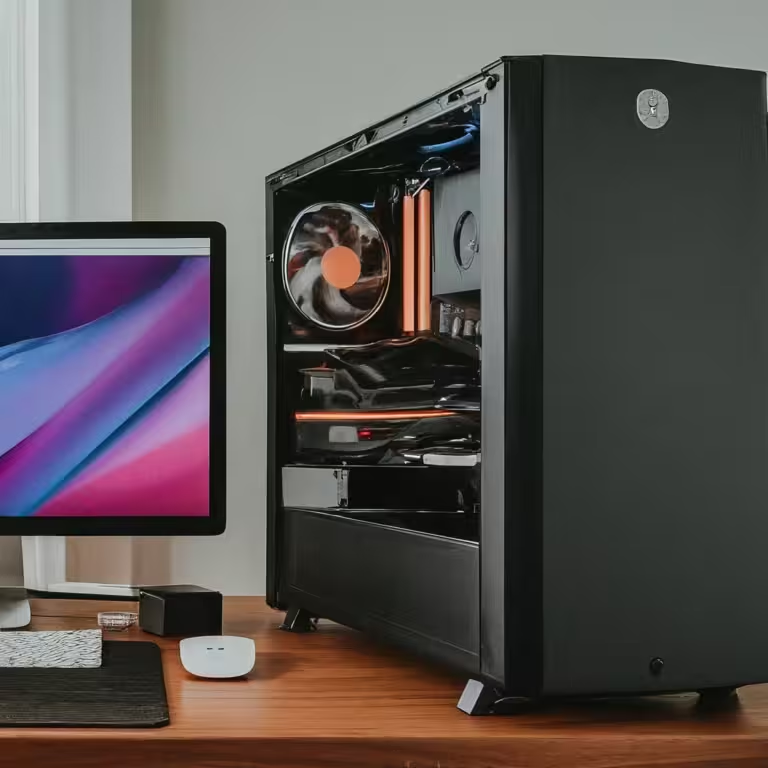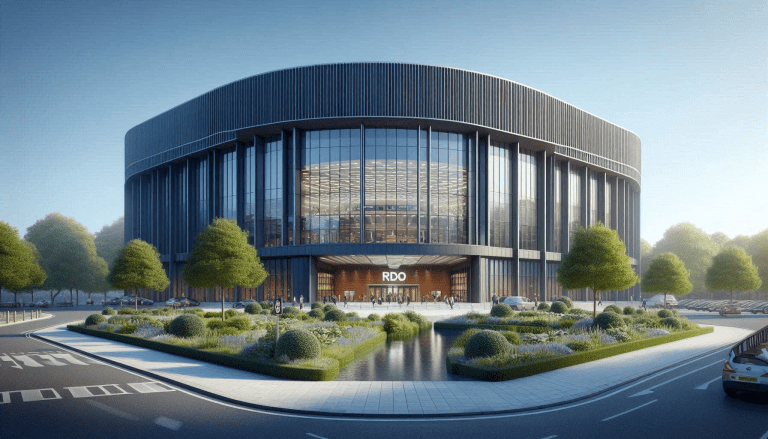Will we ever see modular ARM-based PC Components?
We may have some annoyed PC Building enthusiasts if not.
As I was wrapping up my post on completing my PC build, a thought struck me. How amazing would it be if PC building enthusiasts could purchase ARM-based components separately for their builds, instead of being limited to a single SoC (System on a Chip)? Currently, in the X86-based market, consumers have the freedom to select individual components like CPUs, GPUs, and RAM. However, with the rise of ARM-based systems, this flexibility seems to be diminishing.
Manufacturers have their reasons for favouring SoCs; they’re cheaper to produce and simplify support. Yet, this design means everything is fixed on the chip, rendering it non-upgradable. Consequently, when buying a new device, one must anticipate the specifications they’ll require for the next 5-10 years, rather than just for the present. This lack of upgradability is a significant drawback for tech enthusiasts who value the ability to update their systems over time.
I’m not familiar with the intricacies of designing and building computer components, So I could be barking up the wrong tree in a completely different forest. But some type of modular setup should be possible, right? Let’s take the original Cheesegrater G4 Mac Pro as an example. I didn’t rely on a single motherboard; instead, it had a backplane connecting various system parts. One section housed the CPU(s) and RAM, while another managed storage, etc.
This concept, or something akin to it, might be a sophisticated answer to current challenges. It’s somewhat reminiscent of how we handle graphics cards today. The primary hurdle could be the PCI bridge linking components, but that doesn’t rule out the possibility of a new industry standard emerging, similar to AMD’s Infinity Fabric or Apple’s UltraFusion. Such innovation could facilitate memory-sharing or the integration of multiple GPU cores across different chips to function as a single GPU. If you need more GPU power, simply add another module, and voilà, you’ve boosted your GPU performance. This principle could also apply to RAM, CPUs & NPUs (Neural Processing Units – these things make AI run quickly on consumer devices).
Modularity in ARM computers could streamline the process of getting these systems into consumer hands, making it quicker and easier. The more people use ARM-based systems, the more incentive developers have to create compatible programs, enhancing the experience for all.
Like the X86 range, having various motherboard sizes allows customers to select the form factor that fits their needs. The concept of boosting a GPU daughterboard with an additional chip for extra rendering power, or enhancing an NPU daughterboard with more chips for AI development, is quite appealing. Similarly, the ability to interchange efficiency cores with performance cores in CPUs would offer a new level of customization.
It’s hard to say if such a future will come to pass, but it’s certainly an exciting prospect. Elevating the modularity of custom-built systems would be a significant step forward, reducing e-waste significantly. Imagine not having to discard your old CPU chip when an upgraded model is released; instead, you could simply add it to a daughter board or, if space is an issue, attach an additional daughter board to expand further. For this to work seamlessly, an industry standard for these connections would be necessary, one that’s open to all manufacturers. This would allow customers to choose their preferred brand for chip production while ensuring compatibility across different components.
Those are my musings on the potential direction of the larger Arm transition for PC-building enthusiasts. What about you? Are you intrigued by the idea of a highly modular system where chips can be added to a daughterboard, or do you think that’s a bit too ambitious? Do you lean towards the current X86 approach, replacing the entire GPU card with each specification upgrade? Or perhaps you’re more comfortable with the idea of everything being permanently installed at purchase, requiring a complete system replacement for upgrades? I’m eager to hear your opinions, so please share your thoughts in the comments below or respond to the social media post that led you here.







